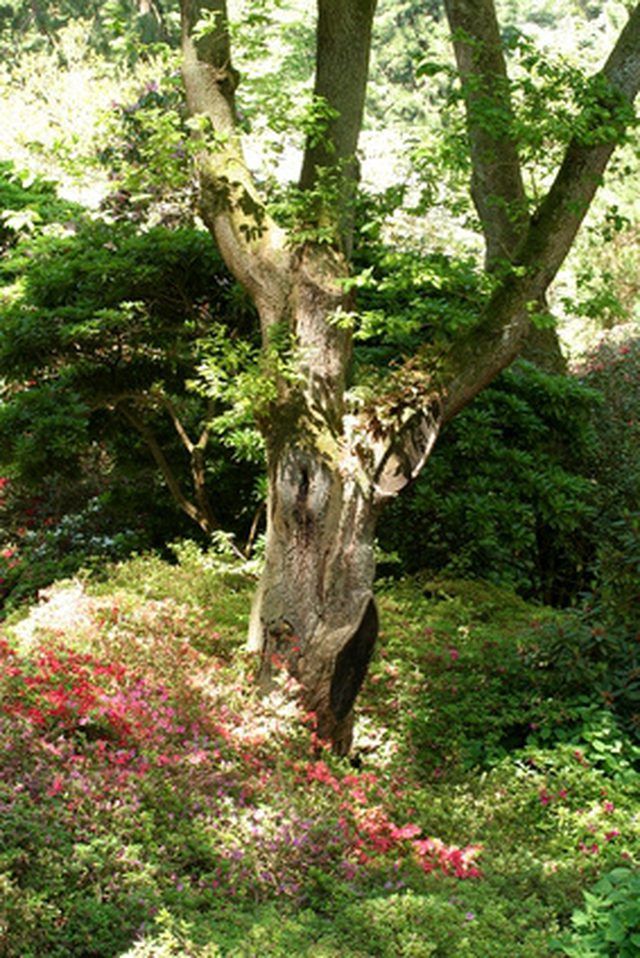Bulbs
Flower Basics
Flower Beds & Specialty Gardens
Flower Garden
Garden Furniture
Garden Gnomes
Garden Seeds
Garden Sheds
Garden Statues
Garden Tools & Supplies
Gardening Basics
Green & Organic
Groundcovers & Vines
Growing Annuals
Growing Basil
Growing Beans
Growing Berries
Growing Blueberries
Growing Cactus
Growing Corn
Growing Cotton
Growing Edibles
Growing Flowers
Growing Garlic
Growing Grapes
Growing Grass
Growing Herbs
Growing Jasmine
Growing Mint
Growing Mushrooms
Orchids
Growing Peanuts
Growing Perennials
Growing Plants
Growing Rosemary
Growing Roses
Growing Strawberries
Growing Sunflowers
Growing Thyme
Growing Tomatoes
Growing Tulips
Growing Vegetables
Herb Basics
Herb Garden
Indoor Growing
Landscaping Basics
Landscaping Patios
Landscaping Plants
Landscaping Shrubs
Landscaping Trees
Landscaping Walks & Pathways
Lawn Basics
Lawn Maintenance
Lawn Mowers
Lawn Ornaments
Lawn Planting
Lawn Tools
Outdoor Growing
Overall Landscape Planning
Pests, Weeds & Problems
Plant Basics
Rock Garden
Rose Garden
Shrubs
Soil
Specialty Gardens
Trees
Vegetable Garden
Yard Maintenance
Zone 6 Planting Guide
Zone 6 Planting Guide. A critical component to growing a lush, easy to care for garden is selecting the correct plants. The United States Department of Agriculture has divided the country into 11 hardiness zones to illustrate regional temperature differences. Hardiness defines a plant's ability to survive the coldest temperature for the region. For...

A critical component to growing a lush, easy to care for garden is selecting the correct plants. The United States Department of Agriculture has divided the country into 11 hardiness zones to illustrate regional temperature differences. Hardiness defines a plant's ability to survive the coldest temperature for the region. For example, a plant that thrives in South Carolina's zone 7 or 8 in winter temperatures of 1 to 10 degrees would die in zone 6's minus-10 degrees. The hardiness zones are further broken down into 5-degree increments and labeled as 6a and 6b, with the regions in 6b being 5 degrees warmer than 6a. Plant selection based on regional compatibility will lead to success in your garden.
Things You'll Need
List of zone 6a plants
List of zone 6b plants
List of zone 5 plants
Preparation
Familiarize yourself with the plant lists for zone 6. Take the lists with you and visit garden centers, nurseries and public gardens until you can identify them by name. Usee a zone 5 plant list, as recommended by garden.org, if you live in the northern edge of zone 6.
Take notes and pictures of plants in your area through the year. Watching plants change throughout the seasons, you can plan groupings for your garden.
Learn how to overwinter plants that cannot survive a zone 6 winter. Overwintering allows the zone 6 gardener to keep tropicals such as hibiscus and bougainvillea that will thrive in the hot, humid summers. Invest in large, lightweight fiberglass flower pots so that the tropicals remain in the same pot all year avoiding transplant shock each spring and fall.
Planting
Plant in zone 6 using a month-by-month checklist. Plant vegetables in April after the last frost, tender plants such as tropicals and annuals in May and plant spring flowering bulbs September to November.
Transplant perennials, trees and shrubs in the spring or fall. Zone 6 frequently has summer droughts which can kill plants that do not have a mature root system. Any plants transplanted within a year will need to be supplemented with extra watering throughout the summer months.
Clear all spent foliage in the fall. Cut back perennials after the first frost, mow the grass with a mulching mower to pick up fall leaves to place in the compost pile, take tropicals inside to be overwintered.
Tips & Warnings
Use a cold frame to grow spinach and cold hardy lettuce all winter in zone 6.
Plant hardy herbs such as sage, rosemary and parsley to enjoy through a zone 6 winter.